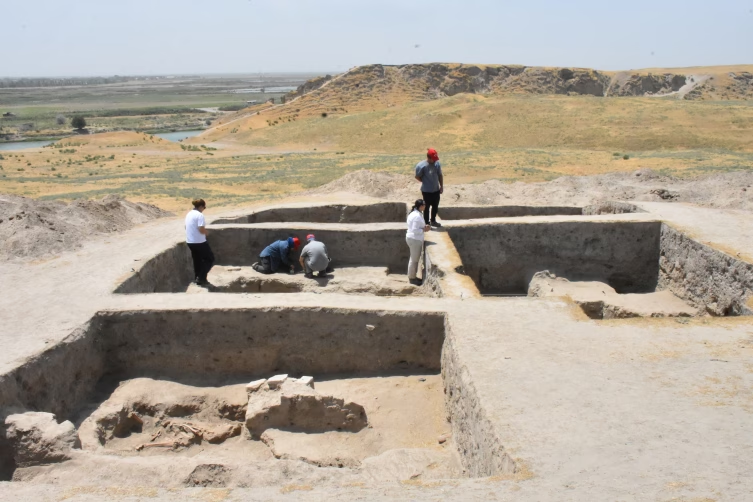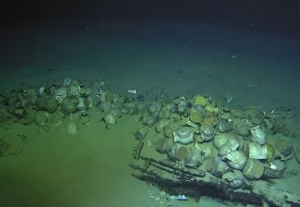In the heart of Central Asia, the ancient city of Shahruhiya—once a major hub for various Turkic states—is being unearthed by a joint team of Turkish and Uzbek archaeologists. This collaborative excavation sheds light on a shared cultural legacy and aims to preserve one of the region’s most significant archaeological treasures.
Located northeast of Tashkent along the historical Silk Road, Shahruhiya is the focus of a major archaeological project led by Ankara Yıldırım Beyazıt University’s Assoc. Prof. Dr. Tuba Tombuloğlu. The excavation is jointly supported by the Turkish Historical Society, the Turkish Cooperation and Coordination Agency (TİKA), and the Uzbekistan Academy of Sciences. Notably, this marks the first time Turkish and Uzbek archaeologists are working together on a single excavation project.
A 2,000-Year-Old Urban Legacy
Shahruhiya was originally founded in the 1st century under the name Benaket, strategically positioned with natural fortifications along the Syr Darya River. The city flourished between the 9th and 12th centuries as a major center for metallurgy, glassmaking, and pottery production. It thrived under various Turkic states such as the Hephthalites, Western Gokturks, the Karakhanids, and the Timurids.
According to a report by TRT Haber, Shahruhiya was largely destroyed by Genghis Khan’s army in 1220. In 1392, the city was rebuilt by Timur and renamed in honor of his son, Shah Rukh. It became a military garrison and a bustling production and trade center during the Timurid period.

Discoveries: Palatial Ruins and Military Relics
The excavation team has uncovered possible palace remains and an arsenal beneath fortification walls dating to the Timurid period. Artefacts such as helmets, armor, arrowheads, knives, ceramics, and glass fragments indicate that Shahruhiya was once one of the largest metal and glass production centers in Central Asia.
One of the most significant finds is a human skeleton dated to 1560, providing valuable data for studies on historical diseases and dietary habits in the region.
A Race Against Time: Towards UNESCO Recognition
Large portions of the site have been eroded over time by the Syr Darya River, and only a fraction of the original city—once spanning 400 hectares—remains visible today. Beyond excavation, the team is working to protect what’s left and aims to have Shahruhiya added to the UNESCO World Heritage List.
Assoc. Prof. Dr. Tombuloğlu emphasized:
“Shahruhiya is not just an archaeological site; it is a symbol of the shared history of the Turkic world. Through this project, we aim to uncover and protect the legacy of a civilization that united diverse Turkic cultures over centuries.”
Cover Image Credit: AA





